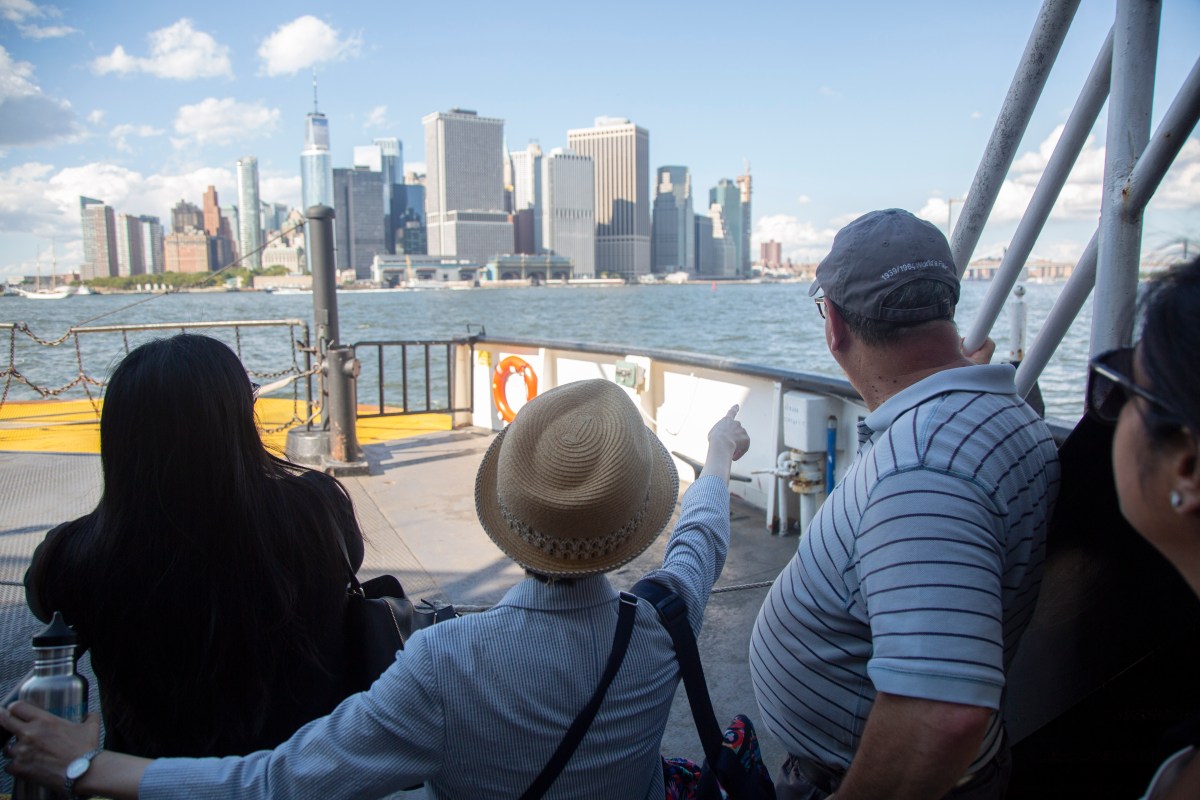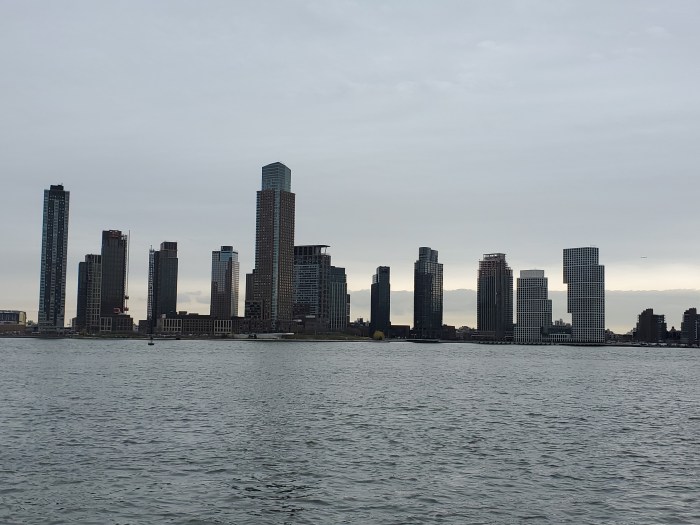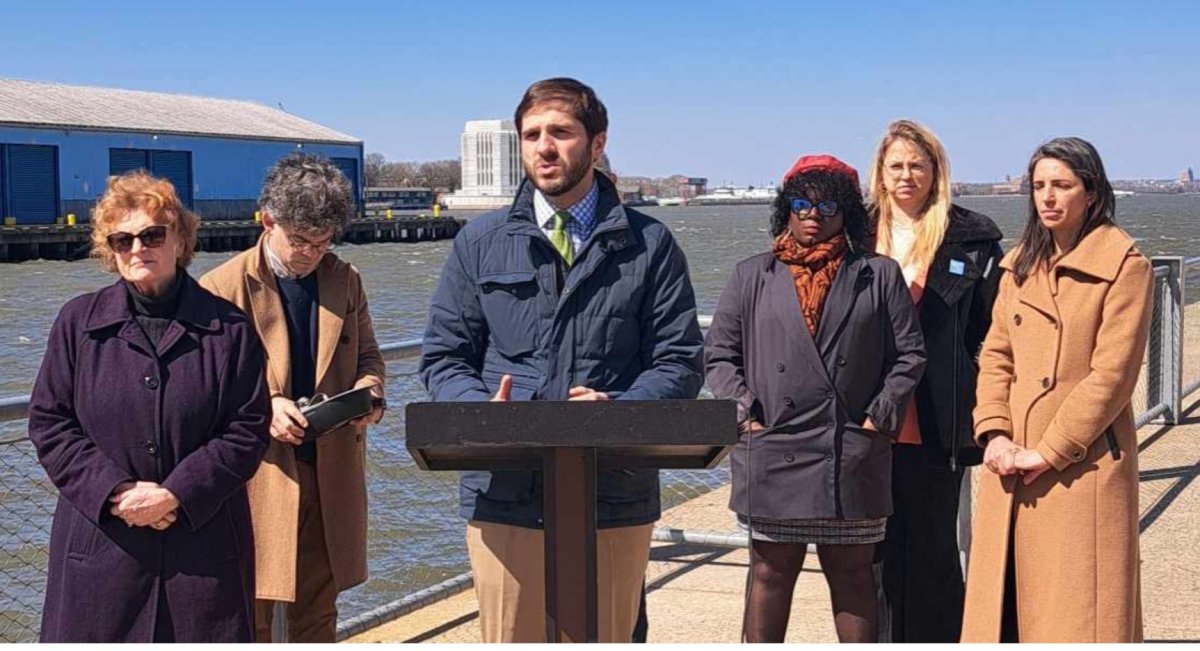The good news for the NYC Ferry: ridership is going up. The bad news for the ferry system: so is its annual deficit.
On Tuesday, the City Council’s Transportation and Economic Development Committees held a joint hearing on the city’s ferry system hoping to boost plans to further expand its reach with new docks in Queens and South Brooklyn. But representatives of the Economic Development Corporation (EDC), which manages the ferry system, largely downplayed the prospects of expanding in the near future, saying that they are focused on shoring up the NYC ferry system financially.
Their priorities: increasing ridership, driving fare revenue and making its operations more efficient.
“While we do not currently have plans for expansion, we greatly appreciate the enthusiasm and interest in the system,” said James Wong, the executive director of the NYC Ferry.
At the hearing, the EDC touted the stat that NYC Ferry has hit ridership records over the past year with over 7 million riders in the 2024 fiscal year — an 8% increase in ridership from the prior fiscal year, and the equity consideration that those who rely on NYC Ferry the most of five-day-week riders are 47% non-white since 2022.
The increases have come in the two years since the mayor announced the 2022 Ferry Forward plan that increased the price of a single-ticket price for a NYC Ferry ride from $2.75 to $4, while keeping the price of a 10-trip bundle equivalent to a subway fare. Starting yesterday, the EDC made another slight increase to ticket prices for a single ride to $4.50 and for the 10-trip bundle to $29 to keep their per-ticket costs lower at $2.90.
EDC said the pricing system, which keeps costs low for regular commuters while boosting them for occasional riders and tourists, has successfully reduced the per-rider subsidy. In the 2023 fiscal year, NYC Ferry saw its lowest per passenger subsidy at $8.55 cents — down 30% from its peak, Wong said.
In spite of this, the system’s overall deficit has continued to increase over the past year. In 2022, the deficit was $52 million, and in 2023, $56.5 million. Wong pushed back on the framing that assumed the transit system should be expected to generate revenue.
“What we are providing is a transit service and all public transit is subsidized,” he added. “I would not necessarily characterize the cost of a subsidy as a net loss.”
In response to questioning, some members of the Council expressed frustration that no expansions were imminent. The Council has introduced four pieces of legislation aimed at bringing ferry service to Willets Point, the eastern part of the Rockaway peninsula and LaGuardia Airport in Queens as well as kickstarting a dormant project to build a dock in Coney Island. The EDC said that it’s actively looking at Willets Point as a possibility, but only as part of a study it agreed as part of the greater plan to develop the area.
The other sites have issues. The EDC previously conducted a study that ultimately did not recommend service to Flushing Bay where the LaGuardia dock would be located. On Rockaway Beach, it said the problem with locating a ferry dock further to the east is that the subway bridge would slow service on the Jamaica Bay side of the peninsula, and the waves are too choppy on the southern side.
For a Coney Island expansion, the ferry system paused work on a dock at the northern Coney Island Creek side of the neighborhood because it discovered dangerous shifts in sand build-up. A subsequent feasibility study estimated the cost of a seawall that would address the problem at $250 million.
“It’s just impossible for us to believe that it would cost this much money,” said Coney Island’s Councilmember Justin Brannan. He added that he would welcome the challenge of fighting for the funding but, “we need to land on a price that we actually can all rally around.”





































